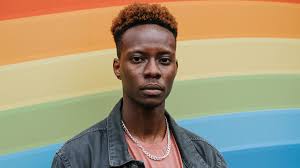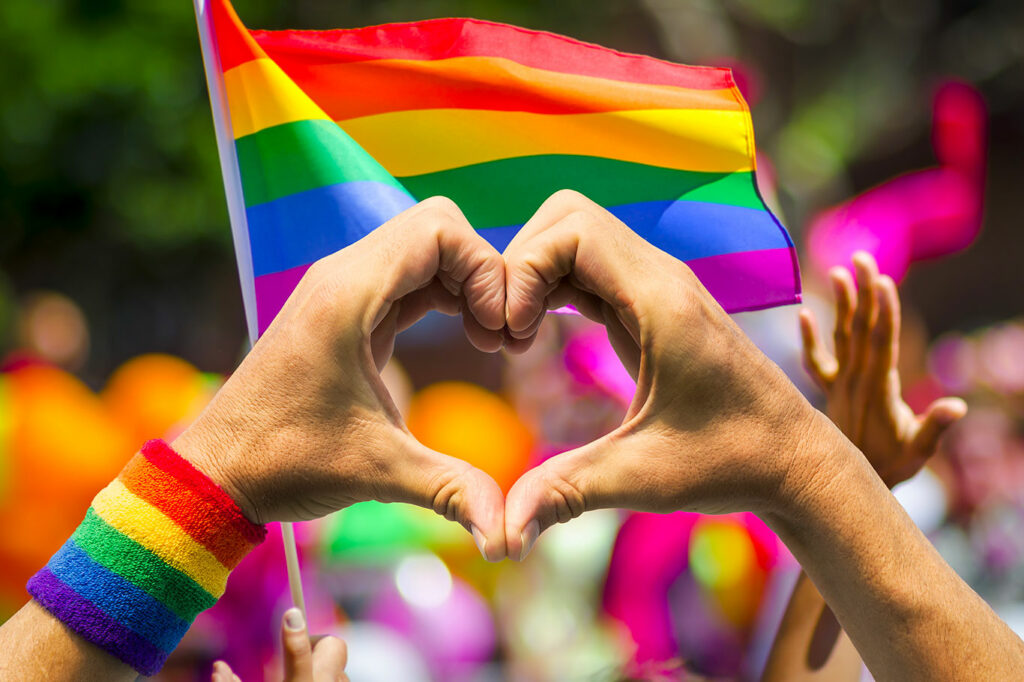Asexuality is an often-misunderstood sexual orientation that challenges the conventional notions of sexual attraction and desire. In a world where sexuality is a pervasive topic, asexuality brings forth a refreshing perspective. It is essential to debunk myths, understand the complexities, and recognize the diverse experiences of asexual individuals. This article aims to shed light on asexuality, its various forms, challenges faced by asexual individuals, and available resources for support.
Contents
Understanding Asexuality: What It Means

Asexuality is a sexual orientation characterized by a lack of sexual attraction or low or absent interest in sexual activity with others. People who identify as asexual, commonly referred to as “aces,” may still have romantic, emotional, or aesthetic attractions to others, but they do not experience sexual attraction as the primary or driving force in their relationships or desires.
It’s important to note that asexuality is not the same as celibacy or abstinence, which are choices to abstain from sexual activity. Asexuality is an inherent and enduring aspect of a person’s identity, and it is not something that needs to be “fixed” or changed.
Asexuality exists along a spectrum, and individuals may have different experiences and levels of sexual attraction or interest. Some asexual individuals may still engage in sexual activity, either for various reasons (such as to please a partner) or because they still experience physical pleasure or enjoy other aspects of sexual intimacy. However, their motivation for engaging in sexual activity may not be driven by a strong sexual attraction.
Myths and Misconceptions about Asexuality
Despite the growing awareness of various sexual orientations, asexuality is often misunderstood or dismissed. Let’s address some common myths and misconceptions surrounding asexuality.
Asexuality is Not Celibacy
Asexuality is not a choice to abstain from sexual activities; it is a lack of sexual attraction toward others. Celibacy, on the other hand, is a choice to abstain from sex, often due to personal or religious reasons. Asexuality is a fundamental aspect of a person’s sexual orientation.
Asexuality is Not a Medical Condition
Also, asexuality is not a medical condition that requires treatment or intervention. It is a valid sexual orientation, just like any other, and should be respected and acknowledged without pathologizing or stigmatizing individuals.
Asexuality is Not a Phase
Asexuality is not a temporary phase that individuals will eventually grow out of. It is a consistent and enduring aspect of a person’s sexual orientation. Asexual individuals may discover their asexual identity at different points in their lives, but it is not something that changes over time.
Exploring Asexual Relationships
Asexual relationships, like any other type of relationship, can be diverse and unique based on the individuals involved. Here are a few aspects to consider when exploring asexual relationships:
- Communication and Understanding: Open and honest communication is essential in any relationship, and it becomes even more crucial in asexual relationships. Partners need to discuss their needs, desires, and boundaries to ensure that both individuals feel valued and understood.
- Intimacy Beyond Sex: Asexual relationships often prioritize emotional intimacy, companionship, and non-sexual forms of physical affection. This can include cuddling, holding hands, hugging, or other intimate gestures that promote closeness and connection.
- Negotiating Sexual Activity: In some asexual relationships, one partner may experience sexual attraction while the other does not. It’s important to have open discussions about how to navigate sexual activity within the relationship. This may involve finding compromises, exploring alternative forms of intimacy, or setting boundaries that respect both partners’ comfort levels.
- Romantic vs. Aromantic Relationships: Some asexual individuals may also identify as aromantic, meaning they do not experience romantic attraction. In such cases, asexual relationships may focus more on deep friendships, companionship, or forming non-romantic partnerships based on shared interests and emotional connections.
- Relationship Models: Asexual relationships can take various forms. Some asexual individuals may prefer monogamous relationships, while others may explore open relationships, polyamory, or other non-traditional relationship structures that accommodate their needs and desires. It’s essential to find a relationship model that aligns with the values and preferences of both partners.
Challenges Faced by Asexual Individuals

Asexual individuals may face various challenges in their lives due to their sexual orientation. Here are some common challenges that asexual individuals may encounter:
- Lack of Awareness and Understanding: Asexuality is still relatively unknown to many people, which can lead to misunderstandings, misconceptions, and even invalidation of asexual individuals’ identities. A lack of awareness and understanding can result in asexual individuals feeling isolated or marginalized.
- Pressure to Conform: Society often places a strong emphasis on sexual relationships and sexual attraction. Asexual individuals may face pressure to conform to societal norms, leading to feelings of alienation or a sense of being “broken” or “incomplete” for not experiencing sexual attraction.
- Invalidation of Identity: Asexual individuals may encounter skepticism or disbelief from others regarding their asexuality. Some people may question the validity of their orientation, assuming it is a phase, a result of past experiences, or a symptom of a medical condition. This invalidation can be emotionally challenging and may lead to asexual individuals questioning or doubting their own identities.
- Relationship Challenges: Asexual individuals may face unique challenges in forming and maintaining relationships. If their partner experiences sexual attraction while they do not, navigating differences in sexual needs and desires can require open communication, negotiation, and understanding. Finding compatible partners who respect and understand their asexuality can also be a challenge.
- Lack of Representation: Asexual individuals often find limited representation in media, literature, and popular culture. This lack of visibility can reinforce feelings of isolation and make it harder for asexual individuals to find relatable role models or feel a sense of belonging.
- Intersectionality: Asexual individuals, like anyone else, may also experience intersectional challenges related to their race, gender, religion, or other aspects of their identity. The intersection of multiple identities can compound the challenges faced by asexual individuals and impact their experiences of acceptance and inclusion.
Asexuality in Popular Culture
Asexuality has gained some representation in popular culture in recent years, although it remains relatively limited. Here are a few examples of asexual representation in various forms of media:
- Television: Shows like “BoJack Horseman” feature an asexual character named Todd Chavez, who openly identifies as asexual throughout the series. Todd’s journey of self-discovery and his experiences navigating relationships provide a portrayal of asexuality in a nuanced and positive light.
- Books: The novel “Tash Hearts Tolstoy” by Kathryn Ormsbee features an asexual protagonist named Tash who identifies as romantic asexual. The book explores Tash’s experiences as she navigates relationships, explores her identity, and becomes an online sensation.
- Webcomics: “Slice of Ace” by J. N. Monk and “The Less Than Epic Adventures of TJ and Amal” by E.K. Weaver are examples of webcomics that include asexual characters and explore their experiences in romantic and platonic relationships.
- YouTube: Some asexual content creators on YouTube share their experiences and insights about asexuality, providing educational resources and fostering understanding. They often discuss topics like asexual representation, misconceptions, and personal stories.
While there is progress in asexual representation, it is important to note that representation is still relatively limited compared to other sexual orientations. Asexual individuals continue to advocate for more diverse and accurate portrayals of asexuality in popular culture.
Conclusion
Asexuality is a unique and valid sexual orientation that deserves recognition and respect. Understanding the diversity within the asexual community and dispelling myths is crucial for creating an inclusive society. By embracing the complexities of asexuality, we can foster empathy, provide support, and ensure a more inclusive world for everyone.
Life may sometimes be challenging for asexuals, but Online Asexual Counseling can help. Get experienced LGBTQ therapists at PrideMantra: Book a trial LGBTQ therapy session.


